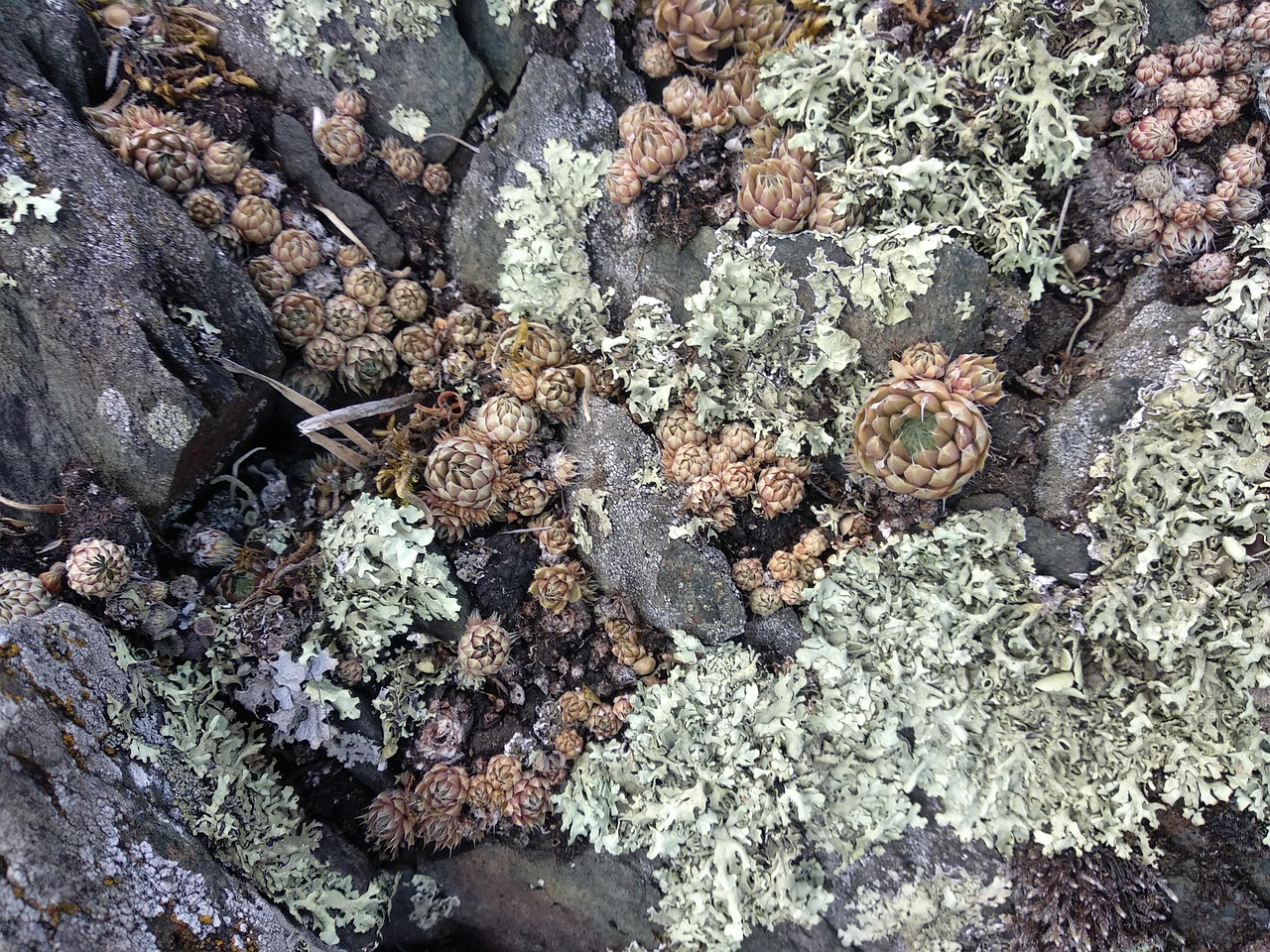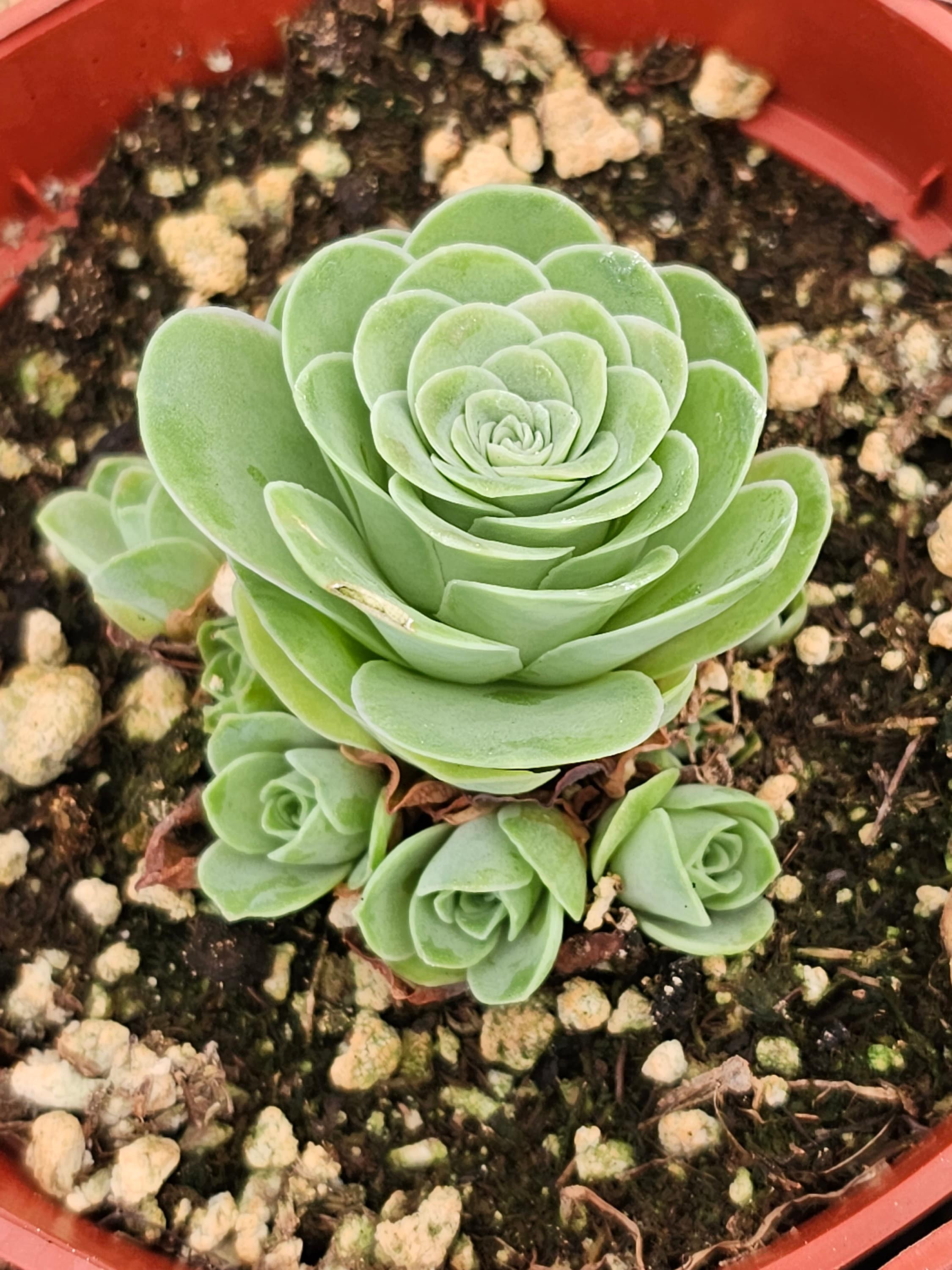Do you ever look for plants that truly stand out, something special for your home or garden? Well, the mountain rose succulent, also known as Greenovia dodrantalis, is that kind of plant. It forms rosettes of soft, tightly packed leaves that really do look like tiny, perfect roses.
This plant, Greenovia dodrantalis, is a unique member of the Crassulaceae family. It enchants many with its intricate structure and delicate beauty. People often call it the mountain rose succulent because of its lovely appearance, which is quite appealing.
Right now, many plant lovers are looking for something different, something that offers a bit of wonder. The mountain rose succulent, one of the very best options in your plant collection, offers just that. It's a plant that can really make your space feel more alive, you know?
Table of Contents
- About the Mountain Rose Succulent
- Finding the Right Spot for Your Plant
- Watering Your Mountain Rose
- Soil and Potting Mix
- Dealing with Summer Dormancy
- How to Propagate Your Plant
- Common Questions About Mountain Rose Succulents
- Bringing It All Together
About the Mountain Rose Succulent
The mountain rose succulent, or aeonium dodrantae, is a truly special plant. It gets its popular name from the way its leaves come together, forming shapes that look just like a rose. This is a succulent variety that really captures your attention.
You can discover how to care for the rare Greenovia dodrantalis, or mountain rose succulent, with some simple guidance. This plant is a bit different from other succulents, especially in how it handles the warmer parts of the year. It's quite interesting, in a way.
This particular plant has a unique cycle. It grows actively during cooler months, then goes into a resting phase when it gets warm. Knowing this helps you give it the best care, so it can really show off its beauty.
Finding the Right Spot for Your Plant
Choosing where to put your mountain rose succulent is quite important for its health. A good spot means it gets the light it needs without getting too much sun. It's about finding that sweet spot, you know?
This plant is ideal for indoor plant lovers. You can learn everything about nurturing this beautiful succulent right in your home. Just pick a place where it can feel comfortable and get enough light.
Light Needs
Provide bright, indirect sunlight for at least 6 hours daily. This means a spot near a window that faces east or north is often a good choice. Direct, harsh sun, especially in the afternoon, can be too much for it, you see.
If your plant does not get enough light, its rosettes might open up more and lose their tight rose shape. This is a sign it wants a brighter spot. You can move it closer to a window, or add a grow light, if you need to.
A little bit of morning sun is generally fine, but the strong midday sun can scorch the leaves. So, it's about giving it light that is strong but also gentle. It's almost like giving it filtered sunshine, in some respects.
Temperature and Air Flow
Mountain rose succulents prefer cooler temperatures, especially when they are actively growing. They do well in average room temperatures, but they really enjoy a bit of a chill. Cooler nights can actually help them keep their compact shape.
Good air movement around the plant is also helpful. Stagnant air can sometimes lead to issues with moisture. So, having a fan nearby, or just opening a window sometimes, can make a difference for the plant, too it's almost.
During their dormant period in summer, they can handle warmer temperatures. But they still appreciate good air circulation. This helps them stay healthy even when they are not actively growing, as a matter of fact.
Watering Your Mountain Rose
Learning watering, light, and soil needs for this unique plant is key to its survival. Watering is perhaps the most important part of care for any succulent, and the mountain rose is no different. It's very simple, but you need to be careful.
When the plant is actively growing, which is usually in the cooler months, you should water it thoroughly. Give it enough water so that it drains out of the bottom of the pot. Then, you need to let the soil dry out completely before you water again. This is a really important step.
You can check the soil by sticking your finger into it, about an inch or two deep. If it feels dry, then it is time to water. If it still feels wet, just wait a few more days. Overwatering is a common problem for succulents, so be patient, you know?
During the summer, when the plant is dormant, it needs much less water. Some people even stop watering it completely for a few months. If you do water, just give it a very small amount, maybe once a month, to keep the roots from drying out too much. This helps the plant rest without stress, sort of.
Soil and Potting Mix
The right soil mix is super important for your mountain rose succulent. It needs soil that drains water very quickly. Regular potting soil holds too much moisture, and that can cause problems for the roots, basically.
A good mix often includes things like perlite, pumice, or coarse sand. These materials help the water pass through quickly, so the roots do not sit in wet soil. You can buy special succulent and cactus mixes at most garden stores. That is often a good starting point.
You might even want to add extra perlite or pumice to a store-bought succulent mix. This makes it even more free-draining. A ratio of 50% potting mix and 50% grit is usually a good idea for these plants. It's about creating a home where water moves away fast, you see.
Using a pot with a drainage hole is absolutely necessary. Without one, water will just sit at the bottom, and that is not good for your plant. A terracotta pot can be a good choice because it helps pull moisture away from the soil, too it's almost.
Dealing with Summer Dormancy
The mountain rose succulents have a fascinating way of dealing with the summer heat. While many plants struggle, this succulent variety not only endures the summer heat but also blossoms into a stunning display of perpetual beauty. It's what makes them so unique.
When summer arrives, the mountain rose succulent goes into a resting phase, called dormancy. During this time, its rosettes close up tightly, looking even more like a rosebud. This helps the plant protect itself from the heat and conserve water. It's a natural survival method, really.
During this period, you will notice the plant stops growing. Its leaves might even turn a bit yellow or brown on the edges, which is normal. Do not worry; it is just taking a break. Less water is needed during this time, as mentioned before. You can just let it be for a while, basically.
Once the cooler weather returns in the fall, the plant will start to open up again and resume its growth. This is when you can go back to your regular watering schedule. It's quite amazing to watch this transformation, actually.
How to Propagate Your Plant
You can grow and care for mountain rose succulents with this guide, and even make more of them. Propagating these plants is a rewarding way to expand your collection or share with friends. It's a pretty straightforward process, generally speaking.
The easiest way to make new mountain rose succulents is by taking offsets. These are the small baby plants that grow around the base of the main plant. When they are big enough to handle, you can gently twist or cut them off the parent plant. Just make sure you get a clean break, you know?
After you remove the offset, let it sit in a dry spot for a few days. This allows the cut end to form a callus. This step is important because it helps prevent rot when you plant it. It's like letting a wound heal before putting a bandage on it, in a way.
Once the cut end is dry, you can place the offset on top of well-draining succulent soil. Do not water it right away. Wait a week or two, then give it a little bit of water. Roots should start to form in a few weeks, and you will have a new plant. It's very satisfying, that.
Common Questions About Mountain Rose Succulents
Why is my mountain rose succulent closing up?
When your mountain rose succulent closes up, it usually means it is entering its dormant period. This happens in warmer weather, typically summer. The plant closes its rosettes to protect itself from heat and to save water. It is a natural way for the plant to cope, you see.
How often should I water my mountain rose succulent?
You should water your mountain rose succulent thoroughly when the soil is completely dry during its active growing season. This is usually in cooler months. During its summer dormancy, water much less, perhaps just a tiny bit once a month, or even not at all. It's about listening to the plant's needs, basically.
Can mountain rose succulents be grown indoors?
Yes, mountain rose succulents are ideal for indoor plant lovers. They do very well inside as long as they get enough bright, indirect sunlight. A sunny window, perhaps with a sheer curtain, is a great spot for them. They are quite happy living inside with you, too it's almost.
Bringing It All Together
The mountain rose succulent, Greenovia dodrantalis, is a truly special plant that brings a lot of charm to any collection. It is relatively easy to care for once you understand its unique needs, especially its summer rest period. Learn more about succulent care on our site.
By providing the right light, water, and soil, you can watch this beautiful plant thrive and show off its rose-like appearance. It really is a joy to have around, and it adds a touch of natural beauty to your home. You can find more tips on caring for rare plants here.
So, if you are looking for a plant that offers something a bit different, the mountain rose succulent is a wonderful choice. It is a plant that can really make your garden or indoor space feel more complete, you know? It’s a great addition for anyone who enjoys unique greenery. For more details on succulent varieties, you might find this external resource helpful: Greenovia dodrantalis on Wikipedia.
:max_bytes(150000):strip_icc()/rose-suuculent-pink-1019-78393c11630849f1968cc7597b68464e-horiz-0ffc35aac6f24fdc982e25b5b16cad95.jpg)


Detail Author:
- Name : Keith Bode
- Username : remington.doyle
- Email : rogelio85@nikolaus.com
- Birthdate : 1984-04-10
- Address : 8124 Jerry Circle Suite 422 South Travonberg, IA 89915-8620
- Phone : 512-602-0009
- Company : Johnston Ltd
- Job : Microbiologist
- Bio : Ea cum nobis quia autem sit. Ipsam consequatur nostrum at numquam molestiae.
Socials
tiktok:
- url : https://tiktok.com/@bruen1984
- username : bruen1984
- bio : Quidem voluptatem aliquid quo ad eveniet qui esse.
- followers : 3051
- following : 127
twitter:
- url : https://twitter.com/damonbruen
- username : damonbruen
- bio : Enim dolorem explicabo blanditiis et. Laudantium ipsum sapiente rerum blanditiis. Id quia et eius magni molestiae. Aut expedita itaque aut occaecati dolorem.
- followers : 1533
- following : 357
linkedin:
- url : https://linkedin.com/in/damonbruen
- username : damonbruen
- bio : Quam voluptas impedit qui quos.
- followers : 4324
- following : 687
instagram:
- url : https://instagram.com/bruen2011
- username : bruen2011
- bio : Numquam est earum aut ipsum labore. Libero voluptatem quasi aut. Ab qui illum non debitis nostrum.
- followers : 2574
- following : 2214



























